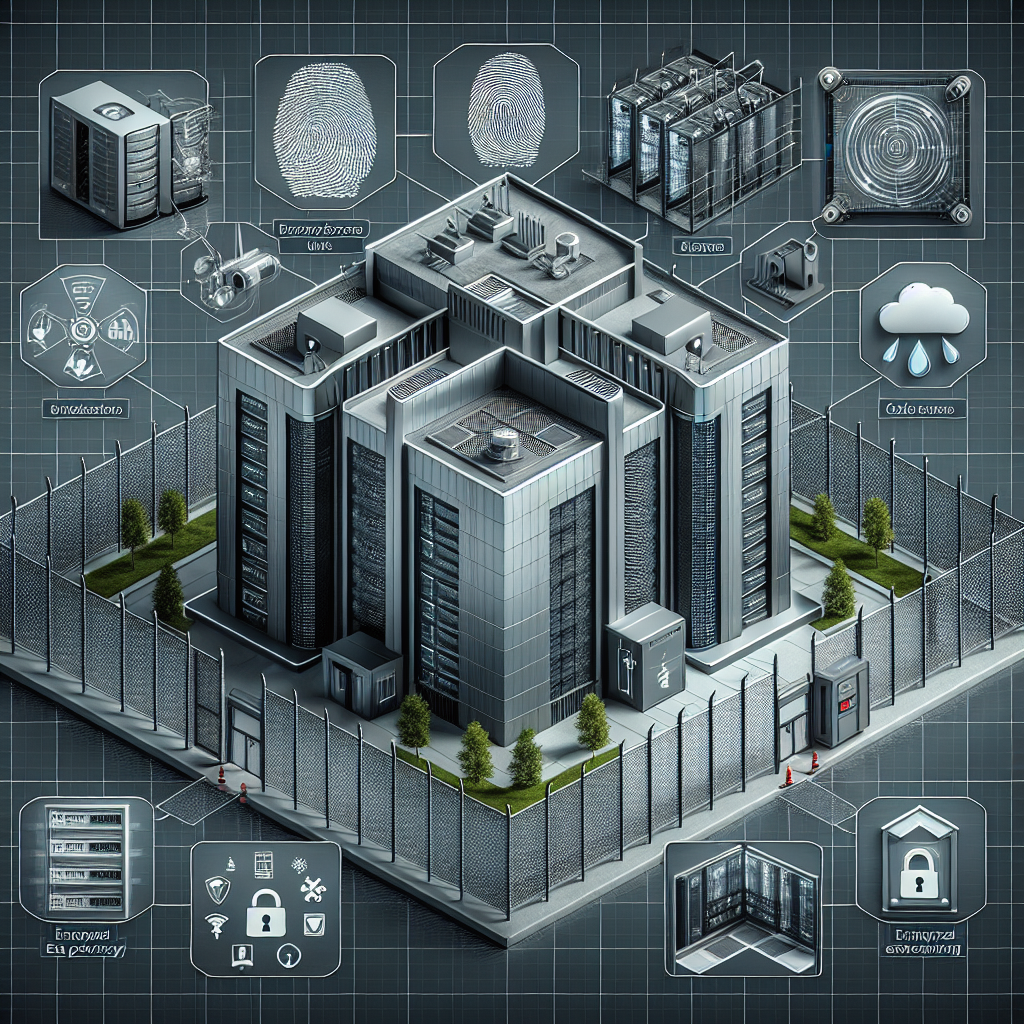Ensuring Data Center Security: An Overview of Risk Assessment Strategies
Data centers are the heart of any organization’s IT infrastructure, storing and processing critical data and applications. With the increasing number of cyber threats and attacks targeting data centers, ensuring their security has become more important than ever. One of the key steps in safeguarding a data center is conducting a thorough risk assessment to identify potential vulnerabilities and develop strategies to mitigate them.
Risk assessment is the process of evaluating the likelihood and impact of potential threats, such as unauthorized access, data breaches, physical damage, and natural disasters, on a data center. By understanding the risks that the data center faces, organizations can implement effective security measures to protect their valuable assets.
There are several strategies that organizations can use to assess and manage risks in their data centers. One common approach is to conduct a comprehensive security audit, which involves reviewing the physical security measures, access controls, network security, and policies and procedures in place to protect the data center. This audit can help identify gaps and weaknesses in the security posture of the data center and provide recommendations for improvement.
Another important aspect of risk assessment is conducting regular vulnerability assessments and penetration testing. Vulnerability assessments involve scanning the data center infrastructure for known vulnerabilities and weaknesses that could be exploited by attackers. Penetration testing, on the other hand, involves simulating real-world cyber attacks to test the effectiveness of the security controls in place and identify potential vulnerabilities that may have been overlooked.
In addition to technical assessments, organizations should also consider the human factor in data center security. This includes conducting background checks on employees, implementing access controls and monitoring systems to prevent unauthorized access, and providing security awareness training to staff to educate them on best practices for data security.
Furthermore, organizations should also consider the physical security of the data center, such as implementing surveillance cameras, access control systems, and environmental controls to protect against physical threats like theft, vandalism, and natural disasters.
Overall, ensuring data center security requires a holistic approach that combines technical, physical, and human security measures. By conducting regular risk assessments and implementing appropriate security controls, organizations can better protect their data center and mitigate the risks of cyber threats and attacks.


